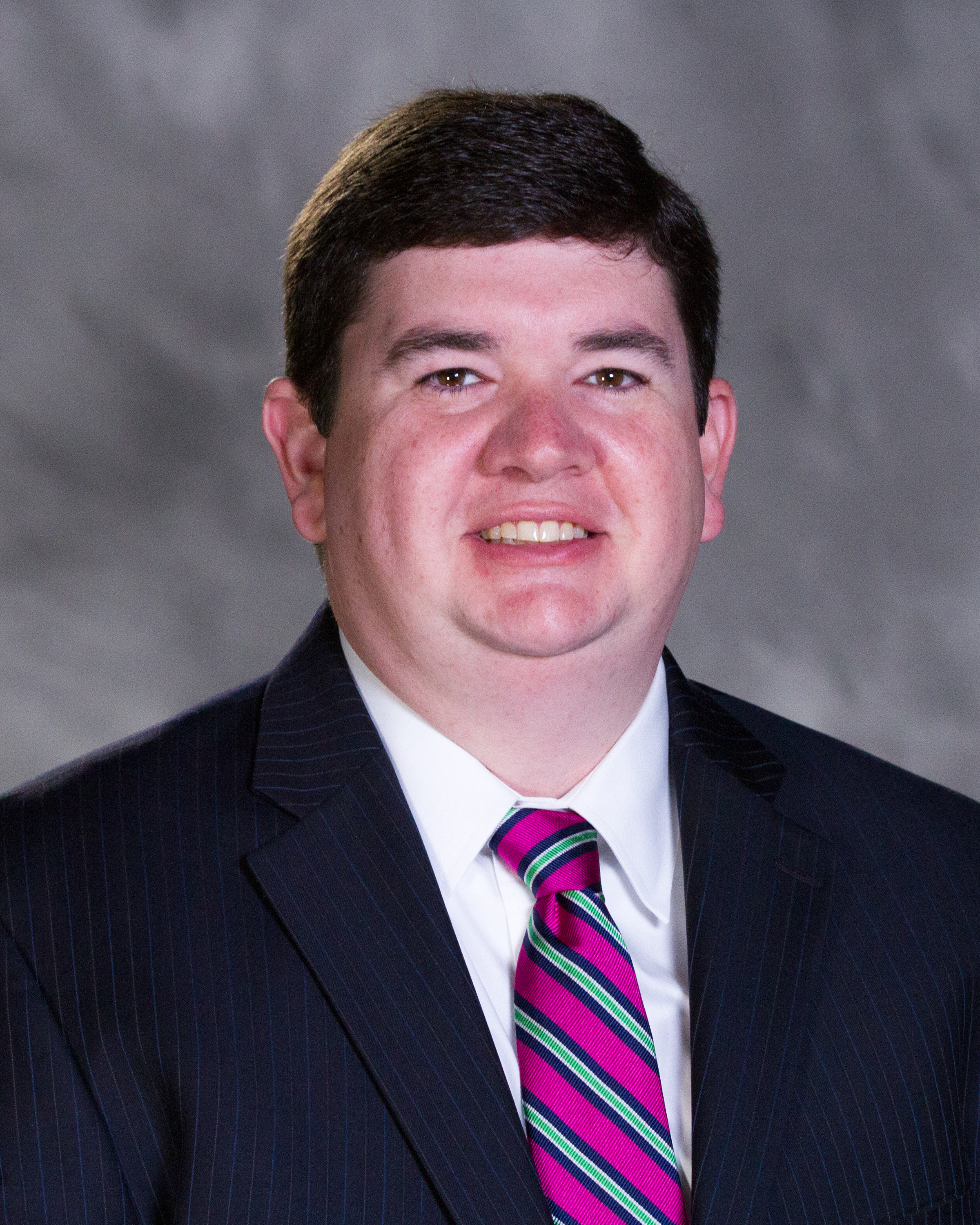Kevin Fleming is the vice president of Orthopedics & Sports Medicine at Renton, Wash.-based Providence St. Joseph Health. In a recent interview with Becker's Spine Review, Mr. Fleming provided insight on how hospitals can keep quality of care up while lowering costs.

Question: Why did Providence St. Joseph Health launch the Orthopedics & Sports Medicine Institute? How is it different from the orthopedic programs in the seven states you serve?
Kevin Fleming: When Providence St. Joseph Health was created about a year ago, it brought together over 40 high-performing orthopedic programs across seven states from the legacy organizations. We saw an opportunity to optimize our size and scale better, to connect the expertise of clinicians across the regions which we operate in. Our promise to patients is to provide high-value care at an affordable price-point. Coming together as PSJH created an incredible opportunity to deliver on that promise.
There were external factors as well, as payers and purchasers of care are raising the expectations for what they're looking for from an orthopedic institute, and we saw it was time to address a burning need for high-value patient care.
What we look for are opportunities to work together from clinic to clinic, and state to state. We are taking a fresh approach to care coordination and delivery through:
- Bundled payment models
- Benchmarking
- Working with data
- Conducting in-depth analysis
We are connecting people who are interested in research and giving clinicians the opportunity to connect with other like-minded individuals. If we work together on those things, we better enable the local teams to focus on the unique needs of the places they serve.
Q: What are the Institute’s performance goals for 2018? How do you plan to accomplish them?
KF: We’re leading the orthopedics care field in moving towards a value-based care model. Working together in mutually beneficial ways with our clinicians, most of whom are not employed, we’re focused on patient outcomes.
With standard metrics in place across all programs and care sites, we’re measuring outcomes for:
- Making high quality care affordable.
- Putting the patient at the center of the experience.
- Growing together. The Orthopedics & Sports Medicine Institute covers a seven-state system, yet patient care is always a local experience. We want to grow along with the communities we serve.
To measure outcomes, a physician-led leadership team is putting together patient outcome surveys.
To accomplish the goals, we are looking for unique and creative ways to align and grow with our physician partners. We have put together some common reporting tools, looking at episodic and internal costs and key areas of top performance beyond total costs.
We use teleconference, videoconference, in-person conference, as it's crucial to get clinicians together around a common interest and goal. Leveraging that is a real motivator going forward. When it comes to hospital readmissions, we try to align our internal metrics with CMS' readmission reduction model, as it is how a key player evaluates us.
Q: What trends in orthopedic sports medicine do you expect to see for 2018?
KF: We’re living in the Fitbit era where people of all ages are using digital devices to motivate, monitor and measure fitness activity. So many of our patient populations see themselves as athletes.
There is an opportunity to partner with schools and school districts to teach student athletes how to engage in sports in a healthy manner and not over train. And there is an opportunity with the older population, who are still very active, to provide new non-surgical approaches to keep people performing at a high level. We recognize population needs and provide a set of surgical and nonsurgical treatment options.
We’re reaching everyday athletes through social media and marketing campaigns to connect with our active patient populations of all ages to deliver prevention and safety information, and options for care if an injury does occur.
Q: Some of your locations around handle large volumes of orthopedic procedures. How do you keep costs down while providing quality care?
KF: Delivering quality, value-based care at the right price point is one of our north stars. Cost is a clear focus, and we approach it with clinicians in a way that doesn't lose sight of clinical outcomes.
We work with clinicians to identify best practices, what their priorities are for patient care, but we also keep our eyes open for items that may not deliver a clinical outcome that matches an exorbitant cost. We share success stories about changing or removing preference items that do not result in a negative clinical impact.
We have about 30,000 total joint procedures performed in 50 different hospitals annually. When you have the size that we have, we benchmark against ourselves for best practices and also leverage our size and scale.
Q: How are Providence St. Joseph Health and the Orthopedics & Sports Medicine Institute adapting to changes in healthcare, specifically those around changing payment models and delivering value-based care?
KF: Orthopedics is in every one of the communities we serve. To continue to be the community's health partner, we have to transform. There's interest from commercial and government payers like Medicare to engage with bundles. Gone are the days of just being able to look at surgical admission: we look at data about treating patients across an episode of care. Payers want that experience to be consistent across the continuum of care.
Q: What are you most excited about this year?
KF: It's been really encouraging as we've connected physicians across the organization. There's a tremendous value in clinician-to-clinician interaction, of sharing that expertise. As those connections are made and strengthen, we feel strongly that our communities and patients will feel the benefits in the care that they receive.
More articles on sports medicine:
Dr. Koco Eaton confirms Rays' prospect Brent Honeywell tore UCL — 4 things to know
Dr. Chad Beattie injured after snowmobile crash — Sports medicine physician in fair condition


